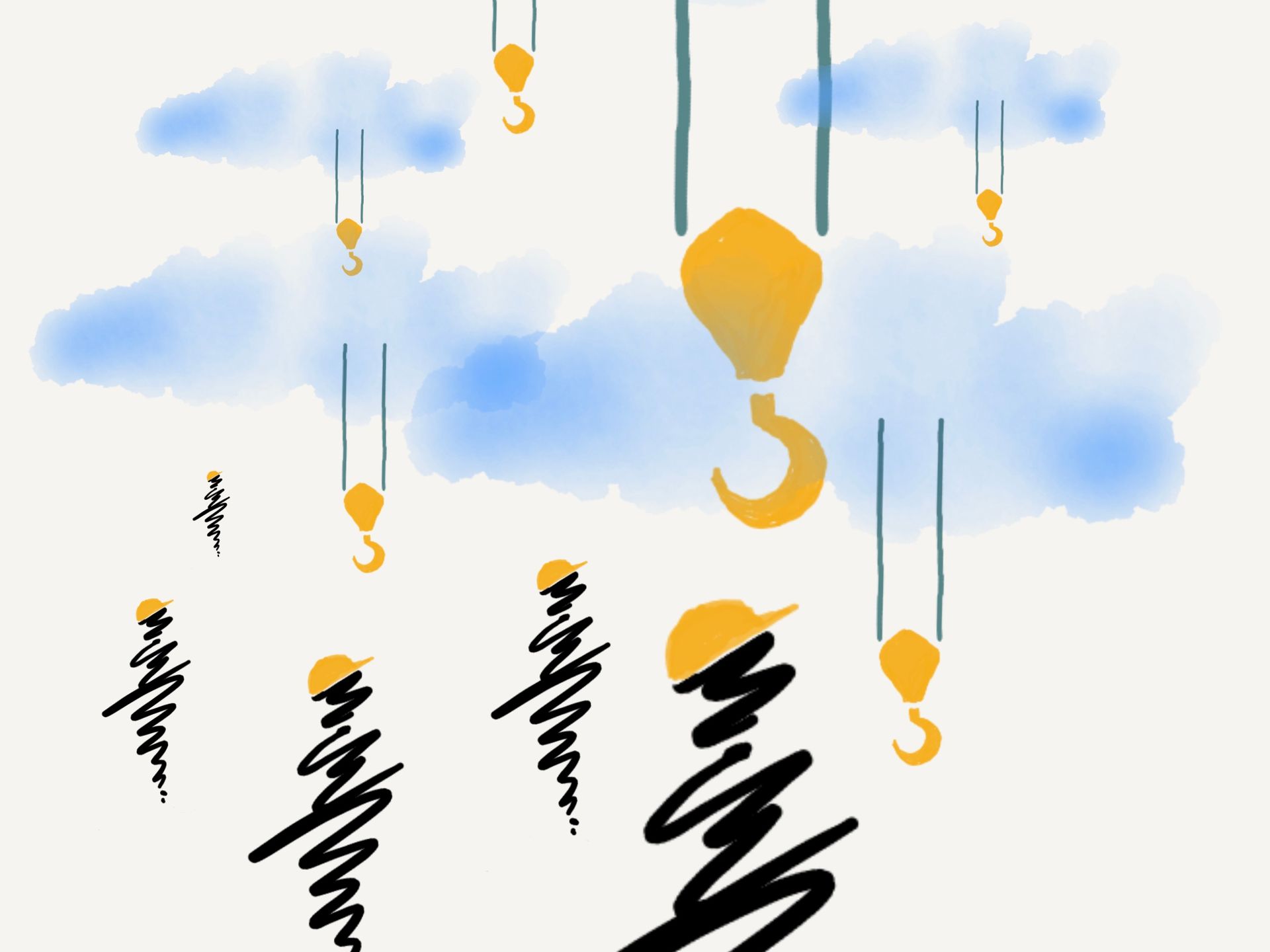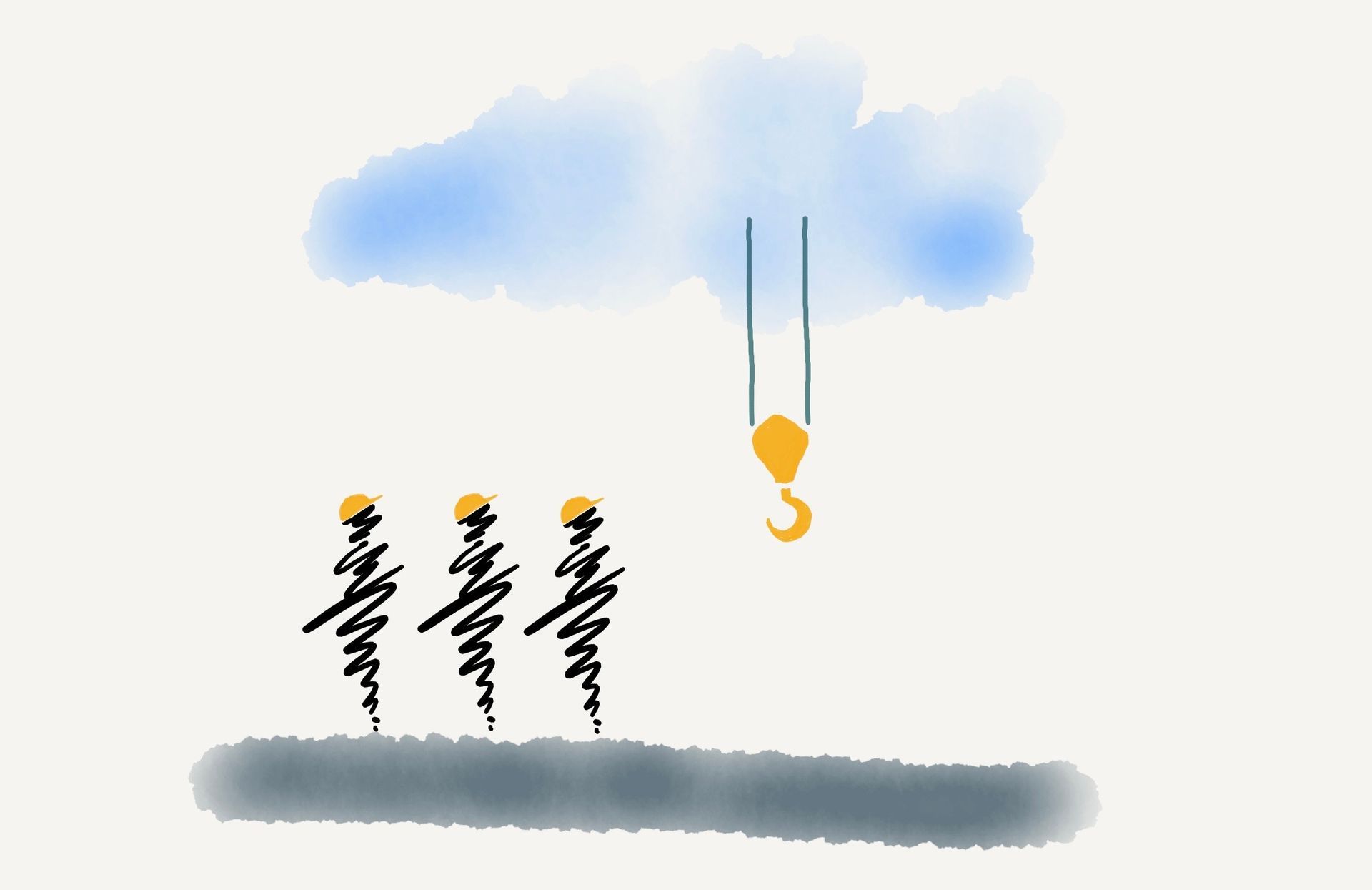My journey into Construction Engineering: Part 3 of 3
More diversity, pace…… and sustainability’s next frontier
This blog was sparked by the question “Why, after thirty years designing finished buildings, have I spent the last decade getting excited about the way they are built?”
Part 1 made a distinction between ‘Temporary Works’ and ‘Construction Engineering’ – the latter being a wider activity where the sequence of construction influences what Temporary Works will be needed.
Part 2 explored three reasons why I have been tempted away from consultancies over to life in contracting: Clarity of solution, connection to construction and diversity of challenge
So now let’s talk about the final three reasons I love Construction Engineering.
- Diversity of mindsets
- Project pace, and
- Sustainability’s next frontier
Diversity of mindsets
At several points in my career, I have taken psychometric tests and have found the feedback recognisable and very useful. They gave me encouragement to stop doing some things in my career, and to move towards other areas I am stronger at. A regular message has been I am not the best person to deliver things today because I really want to be thinking about tomorrow. It explains why the strategic, slower pace of projects in consultancies was a naturally fit early in my career, with plenty of thinking time to optimise and polish solutions. Lots of people like me.
But diversity in all its forms is now recognised as an important part of better teams and better solutions. My time living and working in the US, India and Hong Kong was full of challenges and stimulations making me reconsider things I assumed before. This constant mental stretching has proved quite addictive!
Contractors naturally have many people with a very different mindset from me. Sites are full of things that need doing right now, allowing others to complete their work later today. It is all about action, productivity, communication, and completion. A ‘strategic’ plan might just be “what are we doing tomorrow?”
Some introvert thinkers might find working with an organisation full of ‘let’s do it!’ people very challenging, but I love it. Being part of McGee’s Construction Engineering team requires the flexibility to get what is needed out of the door today but also be thinking ahead for this project - and also strategising for the next opportunity.
Being surrounded by diverse mindsets has made me challenge many of my assumptions. We recently designed a truss for insertion through an existing building, and the black hat who would get the parts up the stairs was at the table. How could we have properly designed that without his input? Achieving the right conclusion for shared goals is a great process to be part of in a diverse team.
Pace of Projects
Building design should pass through an ordered series of phases – concept, scheme, detailed, production. Sometimes there are pauses between phases. Most permanent works design projects I worked on lasted a minimum of two years, but often longer.
Perhaps I am becoming impatient as I approach sixty, but I want to build quicker than that. I want to have more ideas than can fit in to only three or four more projects!
There is a real buzz about working in a Construction Engineering team. As soon as a contractor wins a job, the design information needs to start flowing – hoardings, excavations, piling…. The first temporary works designs are almost late before it’s even been started!
There is plenty of pressure, but also great pleasure working in a team that needs to quickly produce a diverse range of quality information. You standardise what can be standardised whilst carving out opportunities to strategically think about how value can be added to the construction processes big issues.
Sustainability’s next frontier
The construction process is a key next frontier for the de-carbonisation of our infrastructure. Over the past couple of decades great progress has been made on reducing operational carbon through equipment efficiency and insulation. More recently structural designers are coming to terms with structural optimisation and the adoption of new materials. Evaluating embodied carbon is doable.
The new challenge is to reduce and then remove carbon from the construction activities themselves, and this needs to be addressed from within contractor teams. We are the ones who buy new materials, recycle old, choose the plant and buy the diesel and electricity. Who else could solve these issues?
In Part 2 I highlighted the diverse technical challenges of building reuse – and the RetroFirst movement means these projects are increasing in number. Demolition is already ‘downcycling’ the majority of reclaimed building materials as steel scrap or crushed hardcore. The next challenge is be to repurpose larger format components, which requires contractors to actively coordinate their work with clients, designments and material procurement teams. McGee’s project in Golden Lane is showing the potential of these strategies.
Could Construction Engineering be for you?
Ten years ago, I wouldn’t have believed what I am now doing. I’d been designing new projects in consultancies for nearly 30 years and saw my future doing more of them.
I’ve found the move into contracting hugely enjoyable and stretching. I assumed I understood construction, but now know there is so much more to learn. Meanwhile the skills and experience from my previous career path are hugely relevant to the way modern Construction Engineering is developing.
I seem to be meeting more people who are crossing that old divide from design consultancies into contractors. As the complexity and quality of our infrastructure increases, I feel that is a trend that is going to continue.
I think there’s more fun to be had.





